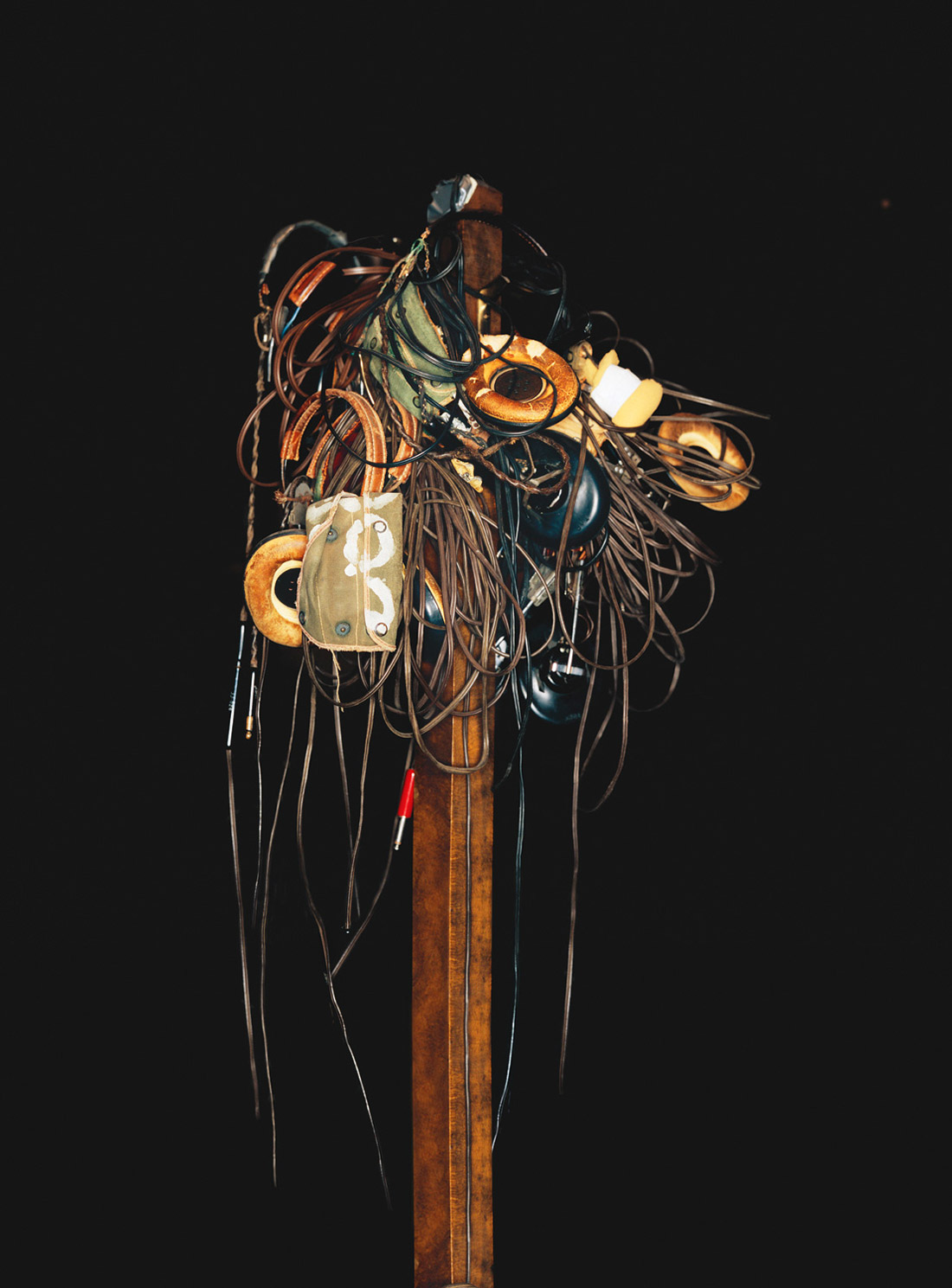This is a review of the Line 6 DT50 guitar amplifier, but, like most people in Hollywood, instead of telling you about the topic at hand, I'm gonna tell you about me. What can the DT50 do for me? How can it make me look good? In this case, I'm gonna review this amp from my perspective as an engineer and producer - not a guitarist - and how this amp helps me. For recording, I like the amp head to be with me (and the guitarist) in the control room, while the cabinet stays in the live room, where it can scream like crazy. The DT50 comes as a 112 combo, a 212 combo, or as the HD head and 4x12 cabinet. In this review, I'm referring to the HD head and cab. Besides the obvious, the features of each model are basically the same - a 2-channel, 50 watt power amp with 2 EL34 tubes driven by a tube preamp running two 12AX7 tubes. Line 6 proudly employs Reinhold Bogner's tube design for this amp. Rest assured that this is a real, analog, tube guitar amp. There is some modeling going on inside, but the amps are all tubes, all the time. What matters to me in my daily life is that whomever I'm working with can plug in, crank up the amp, and find inspiration from what comes out of the speakers. Each time an artist plugged into the DT50, they got what they needed.
Every amp enhances the sound in its own way, but basically, there are four voicings that define guitar amps: clean American, hi-gain distorted, chimey, and British crunchy. The DT50 has a setup for each of these tones, with the added ability to switch between Class A or Class A/B operation, and it can be further tweaked by choosing between Pentode or Triode tube modes. These modes and classes provide very useful tonal options for each of the four basic voicings. Unlike most Line 6 products, there are no LCD displays, no pulldown menus, and no hidden parameters to hunt for. This is a 2-channel guitar amp that you can walk up to; plug in; and dial up your drive, EQ, volume, master, and reverb; and start jamming. Pretty much instant satisfaction. Then you can add the spice by adjusting voicings, tube modes, and operating classes. Because the operation is so intuitive and predictable, in all of my sessions with the DT50, the basic tone was dialed in almost immediately.
The amp sports a cool front panel feature that enables a low-power mode for high-gain tone with low volumes from the cabinet. Speaking of the cabinet, the 4x12 has two 12'' Celestion Vintage 30 speakers and two 12'' Celestion G12H90 speakers, cross-loaded, in a slant baffle, roadworthy cabinet. The DT50 412 cabinet runs at 8 ohms, and the HD head provides 4, 8 and 16 ohm speaker outs. There are so many features that you have to spend time with this amp to really see how versatile is.
My first session with the DT50 was with two monster guitarists who typically play Gibsons through Marshall JMPs - classic blues-rock badass guys. Much to the reluctance of their producer, and thanks to some uncooperative rented amps, the DT50 was fired up. Immediately, a tone was dialed in and everybody was psyched and ready to go. The two guitarists dueled it out, one playing through a Marshall with Greenbacks and one playing through the DT50 head and 412 cab. A few days later, the guy who played the Marshall during that session came back to record guitar on another album and he plugged right into the DT50, turned the Master to 10, and started jamming. That speaks volumes to his confidence in the DT50.
As any guitarist will tell you, "the tone is in the hands." The true test of an amp is how the player feels the amp responding and pushes and pulls against their playing. To the players who have been in my studio, the DT50 felt right. No single amp is the right amp for every situation, but the DT50 certainly covers more situations than any other amp - not just adequately, but for real.
Many thanks to Joe Bonamassa and Leslie West, as well as Fabrizio Grossi and Phil X, for putting the DT50 through its paces and then some! (DT50 head $1200 street, 412 cabinet $800; www.line6.com)
-Adam Kagan <adamkagan@mac.com>




_disp_horizontal_bw.jpg)